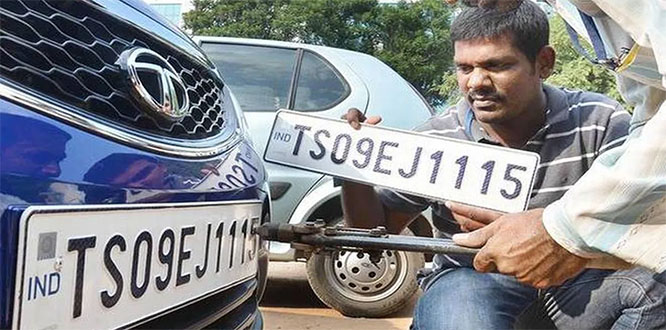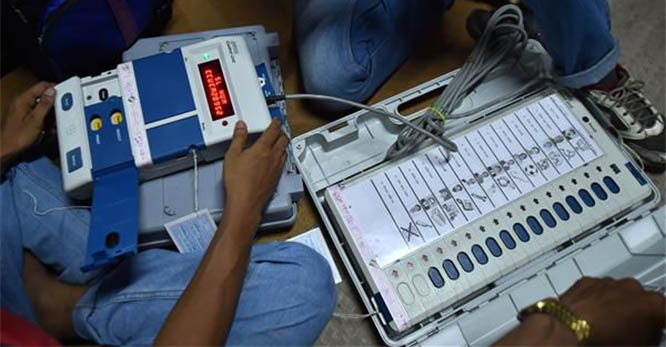
Israeli tanks and troops have met fierce resistance from Hamas fighters using mortars and hit-and-run attacks from tunnels to fight off Tel Aviv's ground invasion of Gaza City after nearly four weeks of bombardments.
Fighters of Hamas and its ally Islamic Jihad were emerging from tunnels to fire at tanks, then disappearing back into the network, residents said and videos from both groups showed Thursday, in guerrilla-style operations against Israeli troops.
"They never stopped bombing Gaza City all night, the house never stopped shaking," Reuters quoted an unnamed man living there. "But in the morning we discover the Israeli forces are still outside the city, in the outskirts and that means the resistance is heavier than they expected."
Military commanders said Israeli troops were "at the gates of Gaza City". Herzi Halevi, chief of the general staff of the Israeli military, said Israeli troops were fighting in a dense and complex urban area, that required professional combat.
“This is certainly terrain that is more heavily sown than in the past with minefields and booby-traps. Hamas has learned and prepared itself well,” said Brigadier General Iddo Mizrahi, chief of Israel's military engineers.
The Israeli army said Palestinian fighters killed a commander of an armored brigade's battalion in Gaza. Lt Col Salman Habaka is among the 19 soldiers killed in Gaza in two days of heavy fighting.
He is the most senior Israeli soldier to be killed since the ground invasion escalated on Tuesday.
An Israeli soldier was seriously wounded in an "incident" on the Egyptian border, Israeli media said, citing the army.
Lebanon's Hezbollah said two drones attacked an Israeli military position in the Israeli-occupied Shebaa Farms on Thursday.
In a brief communique, the group said the two drones used "a large amount of explosives" and hit their targets with "high accuracy".
Earlier on Thursday, sirens warning of incoming rockets sounded in northern Israel.
Hamas rockets launched from Lebanon wounded at least two people and caused damage in the northern Israeli city of Kiryat Shmona.
Footage shared on Israel's Channel 13 showed cars and shops on fire as a result of the rocket.
Hamas said in a statement on Thursday that its armed wing in Lebanon had launched 12 rockets into the city.
Israel’s military authorities have stressed the difficulties of urban warfare. Their strategy for now seems to be concentrating large forces in the northern Gaza Strip rather than launching a ground invasion on the entire territory.
Indian-origin Israeli soldier killed
Among the Israeli soldiers killed in Gaza, a 20-year-old soldier identified by the Israeli military is believed to be of Indian-origin.
Staff-Sgt. Halel Solomon, who hailed from the southern Israeli Dimona town, was killed when a Namer armoured personnel carrier he was in was hit by an anti-tank guided missile fired by Hamas on Wednesday (Nov 1), the IDF said, according to Times of Israel newspaper.
At least 11 soldiers from the Givati Infantry Brigade’s Tzabar Battalion were killed in that incident.
Dimona's Mayor Benny Bitton expressed condolences to Solomon’s family in his Facebook post.
“It is with great sorrow and grief that we announce the death of a son of Dimona, Halel Solomon, in the battle in Gaza,” Dimona's Mayor, Benny Bitton said in a Facebook post.








Comments
Add new comment